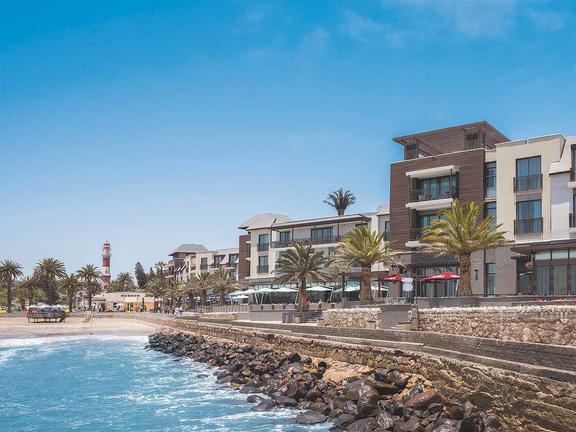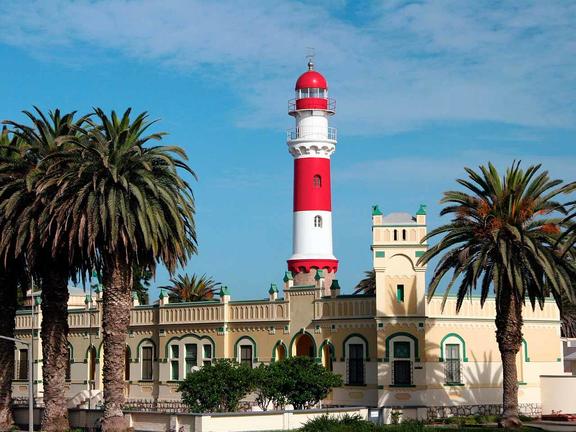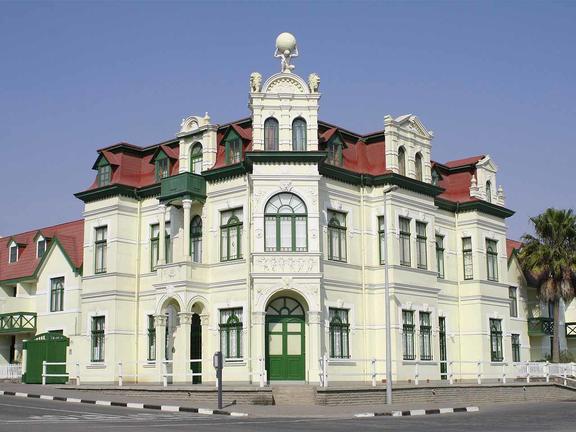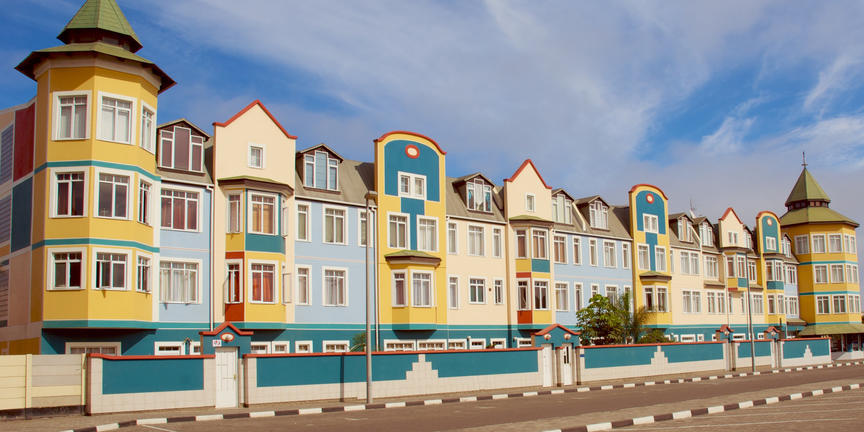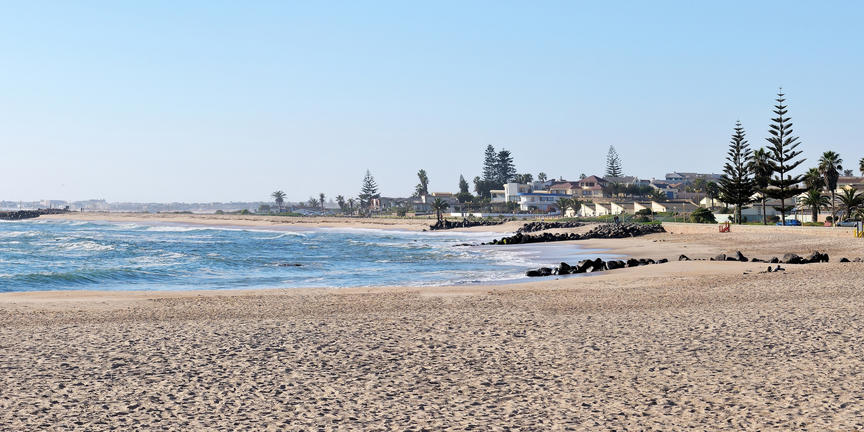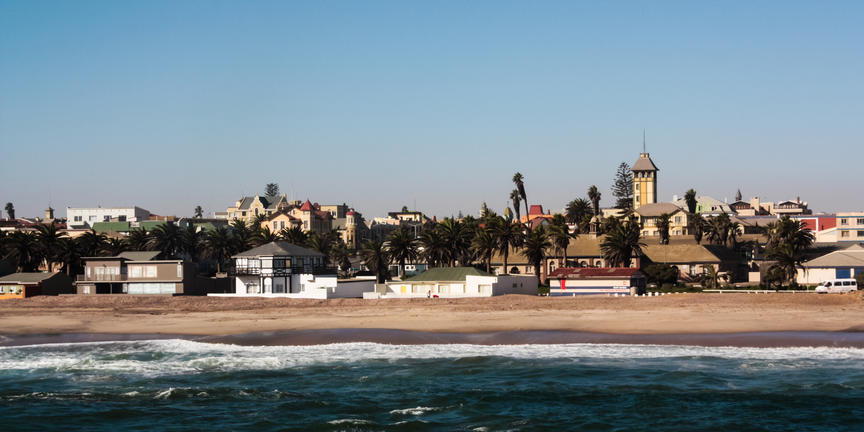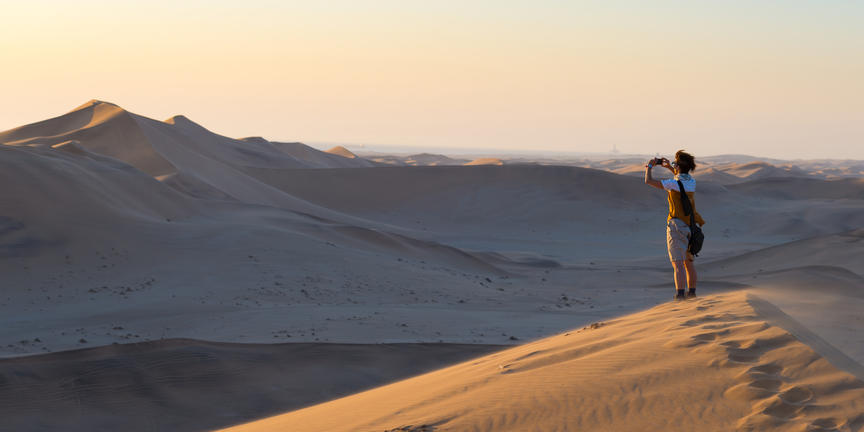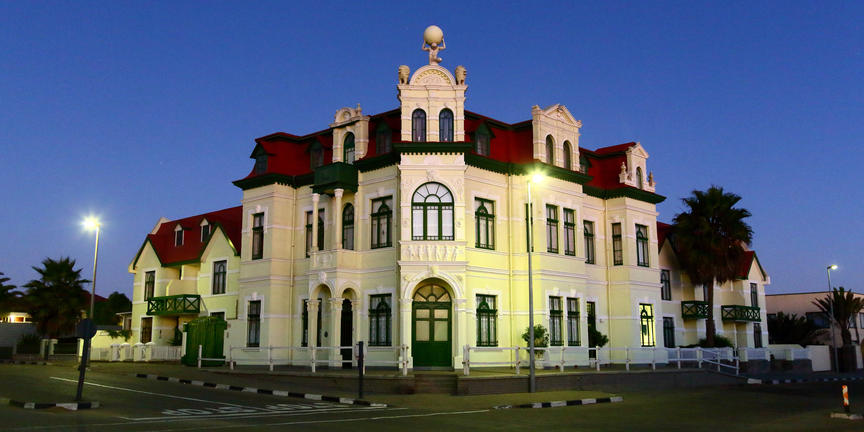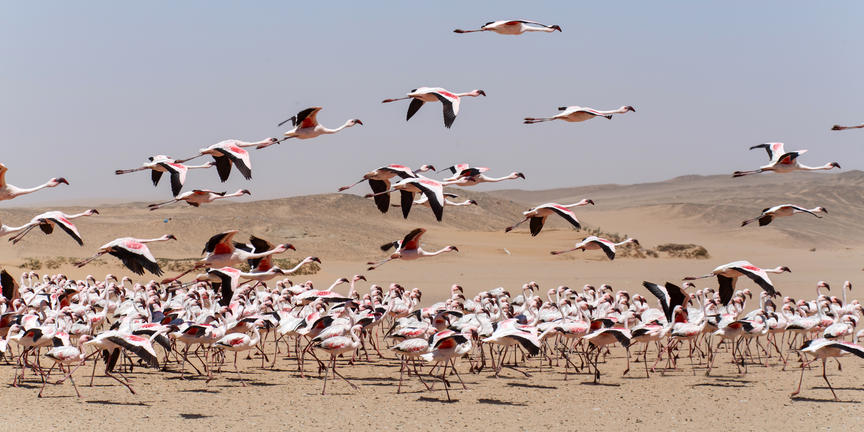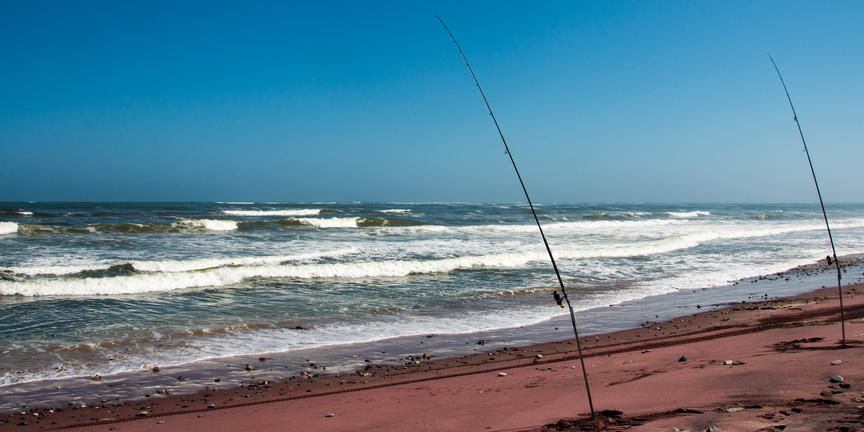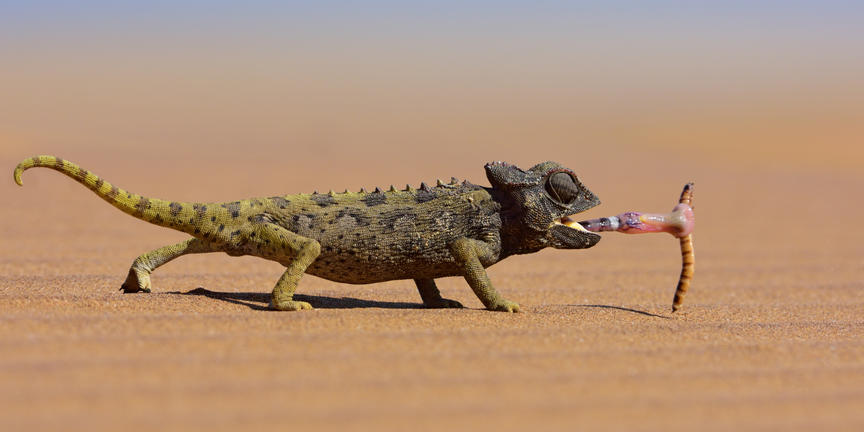When the British annexed the natural harbour of Walvis Bay, Germany was left with mile upon mile of barren shoreline in which to find a decent port. They chose an area north of the Swakop River for want of a better location and set to work building a port. It failed.
And that early failure saved what was later to become Swakopmund.
The town's early growth spurt - with typically German art-nouveau and neo-Gothic styles - faltered early in the 20th century when Germany's control of the country was ceded to South Africa losing all maritime operations to Walvis Bay.
Swakopmund wallowed in stagnation until a tar road connected it to the highlands of Namibia and thousands of affluent Windhoek residents. The old parts remain a charming relic of times gone by and the town has developed into a delightful seaside resort with recreation and relaxation high on its list of priorities.
For Walvis Bay, on the other hand, the future was never in doubt. On a coastline almost 1600km long, Walvis Bay is one of only two natural harbours - the other is Lüderitz - and this has guaranteed the bustling town a steady maritime trade and a host of industrial offshoots.
Industry aside, Walvis Bay has many attractions, not least of which are its massive populations of seabirds and shorebirds in a vast lagoon and south of the town at Sandwich Bay.
Swakopmund architecture is spectacular and varied: Kaiserliches Bezirksgericht - or State House; Woerman House and Damara Tower; the Alte Bahnhof - a fairytail railway station; the Kaserne; the neo-baroque Lutheran Church; and Haus Hohnezollern - purportedly a brothel in its hey day.
The Swakopmund Museum has displays of archaeology, ethnology, flora, fauna, history and mining; the Marine Museum is an engaging display of inshore reef marine life; coastal birds and a cross-section of the Benguela Current. For its size, Swakopmund has an astonishing array of restaurants that serve mainly seafood, steak and many German staples. We will recommend a few when you make your booking.
Walvis Bay is famous for its wetland birds. The greater wetlands area consists of the tidal lagoon, man-made salt pans and an arm of sand that ends at Pelican Point. The Walvis Bay lagoon has been recognised as by the Ramsar Convention as a wetland of international importance. The bay supports over 40 species of bird and its population exceeds 150,000 - the greatest concentration of shorebirds and seabirds in southern Africa. Half are intra-African migrants, just under half are Palearctic migrants and the remainder coastal residents.
Notable species include flamingos, plovers, grebes, European and African black oystercatcher pairings, pelicans, terns, plovers and gulls.
South of the town and virtually inaccessible is the impressive Sandwich Bay, which also has a massive population of wetland birds.
Inland from Walvis Bay takes you into the Namib Naukluft Park and towards Sossusvlei where the main local attractions are the Kuiseb Delta, its rivercourse and canyon, Tumas Plain with its granite inselbergs and the encroaching dune sea that keeps the Walvis Bay municipality busy.
A 35km drive along the coast goes past Long Beach towards Swakopmund and many of the adventure activities take place behind the first few dunes.
